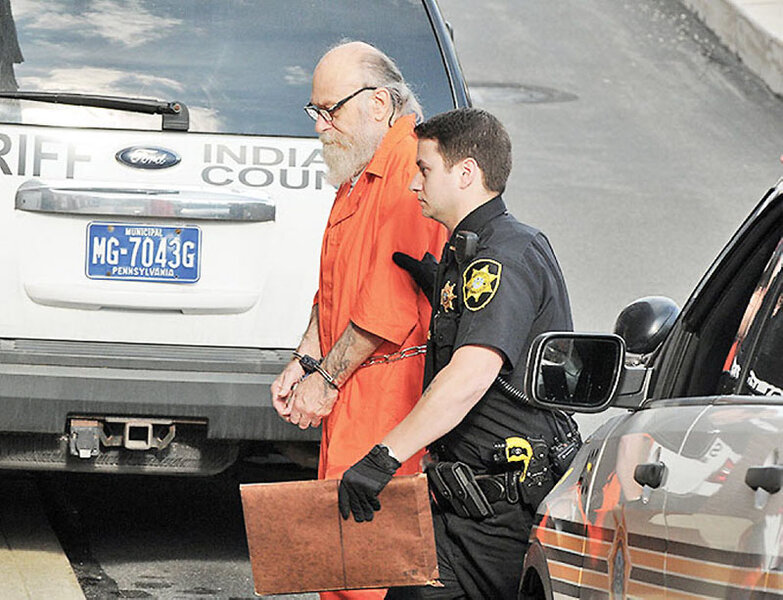Man freed after 34 years in prison. But for how long?
Loading...
An Indiana judge vacated the murder conviction of a man who spent 34 years in prison for his alleged role in the 1976 shooting death of a 15-year-old girl citing new DNA evidence.
The witness testimony that helped land Lewis Fogle behind bars was questionable, the judge found.
The witness, a man, was seen telling the victim, Deann Katherine Long, that her brother had been in a car crash by the teenager’s sister, who later also saw Deann in the man’s car.
The Associated Press reported: “[He] checked himself into a psychiatric facility and was questioned about the murder five times but never charged. But after he was hypnotized to aid in the investigation, the man said he was present when Fogle, his brother and two other men raped the girl before she was shot.”
The decision came following a joint motion filed on behalf of Mr. Fogle by The New York-based Innocence Project and District Attorney Patrick Dougherty.
“It’s a wonderful day for Mr. Fogle, it’s a wonderful day for his family. He’s waited literally 34 years to prove his innocence. It was always a weird case, trial, very thin case,” Innocence Project Managing Attorney David Loftis said, according to a Pittsburgh CBS affiliate.
Indiana County District Attorney Patrick Dougherty was also satisfied.
“The fact that his DNA did not show up in the test simply says that we may not have the sufficient evidence to prosecute on a felony murder,” Mr. Dougherty told the local station.
However, Dogherty was quick to point out that the decision was not the equivalent of an exoneration.
The new DNA evidence doesn't mean Fogle didn't kill the girl, but it means he didn't rape her, Dougherty told Pittsburgh's WTAE. As a result, “his murder conviction must be vacated because he was found guilty on the grounds that there was an underlying felony,” WTAE noted.
Dougherty will review other evidence before deciding whether to retry Fogle under different charges – a decision he will announce next month.
The Innocence Project reports that 72 percent of wrongful convictions involve eyewitness misidentification. Other notable contributors to wrongful convictions include improper forensics, false confessions, and informants who provide false information.
According to CBS, Fogle’s wife said the two had only been married for three months before his conviction but always believed freedom was inevitable because he was innocent.
“We were always hopeful,” she told CBS. “Always hopeful.”
Fogle will be able to reunite with his family but he will have new battles to fight, even if he does not face a new trial.
A recent Christian Science Monitor story examined the aftermath of wrongful convictions and noted it takes exonerees three years, on average to receive compensation from American cities and states – and that’s if they get any at all; only about one-third are ever compensated according to The Innocence Project.
Presently 20 states in the US have no compensation law, which means exonerees receive no money or services. The 30 states that do have one offer reparations that vary from a flat maximum of $20,000 total in New Hampshire to $80,000 per year spent wrongfully imprisoned in Texas.
For an in-depth exploration of one man's journey following release from prison, see Monitor cover story, "After 39 years in prison, an epic tale of innocence found and bitterness lost," by Jacob Baynham.
This report includes material from the Associated Press and Reuters.






